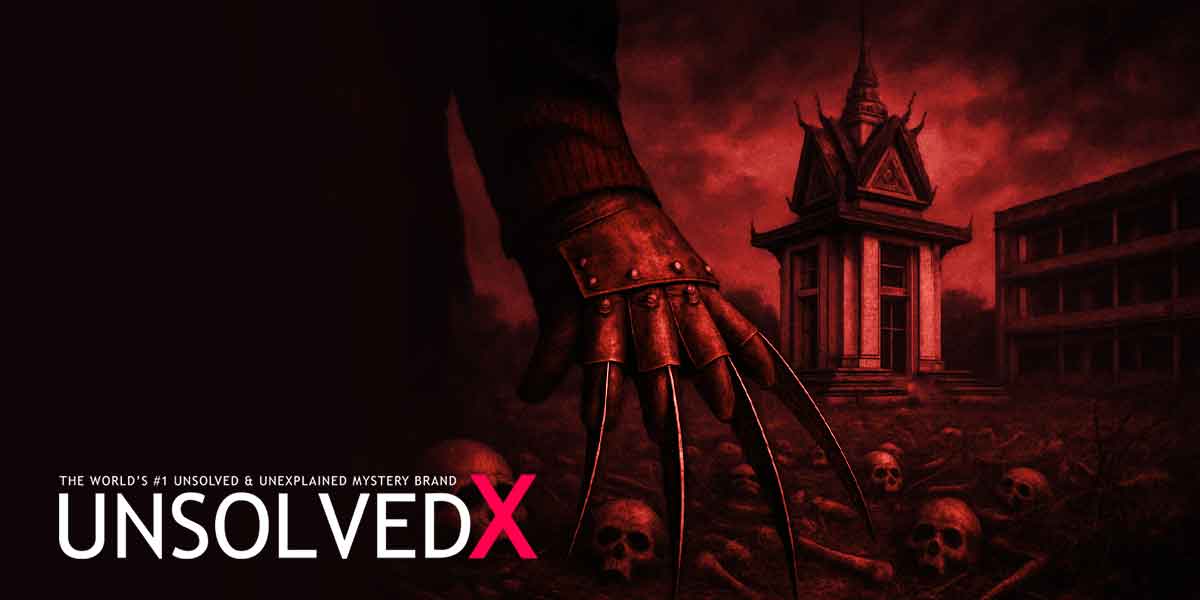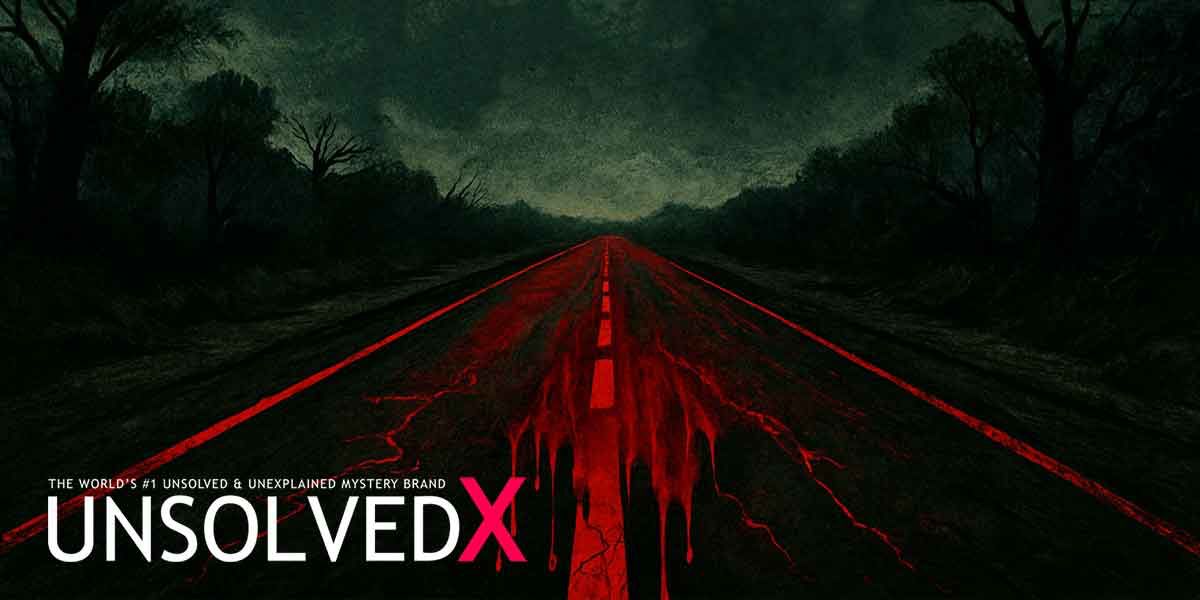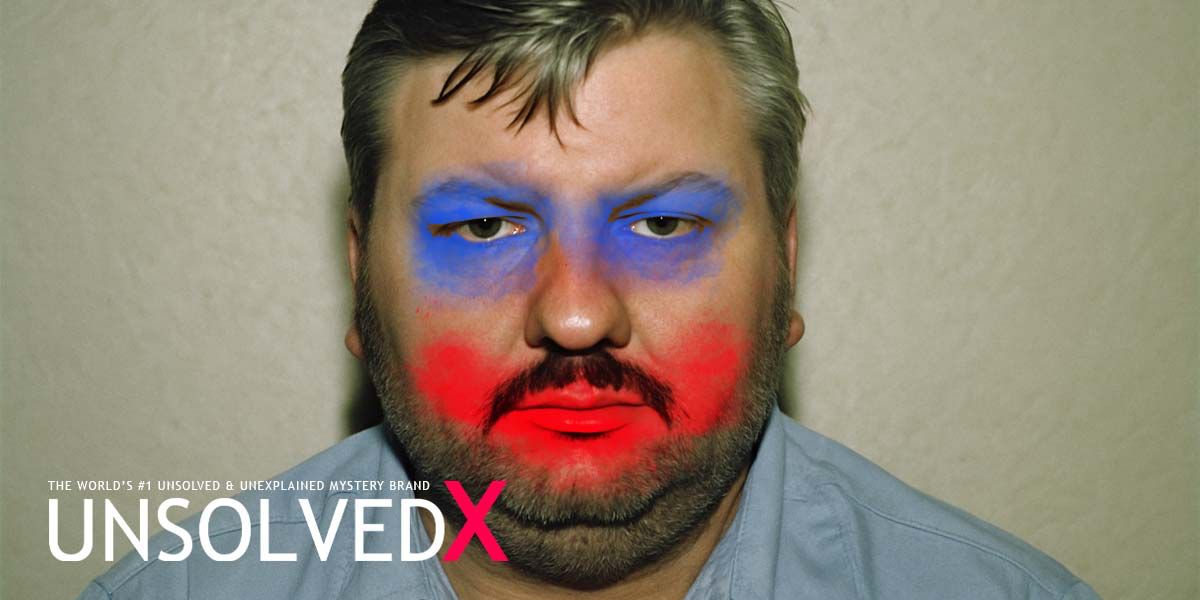Echoes of Atrocity: The Cambodian Killing Fields
In the heart of Southeast Asia lies a land scarred by one of the 20th century's most brutal regimes. The Cambodian Killing Fields are not just a historical footnote but a haunting reminder of humanity's capacity for cruelty. From 1975 to 1979, under the Khmer Rouge's iron grip, Cambodia became a killing ground where over 1.3 million people were systematically executed. The regime, led by the ruthless Pol Pot, sought to create a classless agrarian society, but the cost was catastrophic. The fields themselves are eerie landscapes where mass graves hold the remains of men, women, and children who were deemed enemies of the state. At Choeung Ek, one of the most notorious sites, the ground still yields bones and scraps of clothing after heavy rains, as if the earth itself refuses to forget. The methods of execution were as primitive as they were brutal—blunt instruments like hoses and bamboo sticks were used to save on bullets, reflecting the regime's twisted efficiency.
At the epicenter of this terror was Tuol Sleng, once a high school, transformed into Security Prison 21 (S-21), a place where hope went to die. Here, an estimated 20,000 souls were tortured, interrogated, and ultimately sentenced to death. The prison's walls still bear witness to the suffering, with photographs of the victims staring out from every corner, their eyes a silent accusation. Today, Tuol Sleng Genocide Museum is a testament to survival and memory. Visitors walk through the same corridors where prisoners once shuffled in chains, past cells that now house exhibits of torture devices and final confessions. It's a place that forces you to confront the depths of human depravity, but also the resilience of the human spirit. Guided tours and survivor testimonies offer a deeply personal connection to this dark chapter.
The Silent Killer: Sudden Unexpected Nocturnal Death Syndrome
While the Killing Fields represent a man-made horror, Sudden Unexpected Nocturnal Death Syndrome (SUNDS) is a mystery that lurks in the shadows of the night. This syndrome strikes without warning, claiming the lives of seemingly healthy individuals as they sleep. Predominantly affecting young men of Southeast Asian descent, SUNDS has baffled medical professionals for decades. Victims often experience no symptoms before their sudden demise, making it all the more terrifying. Research suggests genetic mutations and cardiac abnormalities, such as Brugada syndrome, as potential culprits, but the exact mechanism remains elusive, leaving families with more questions than answers. For those interested in exploring this condition further, resources like the National Center for Biotechnology Information provide detailed studies on SUNDS, including its genetic links and prevalence in specific populations.
Across cultures, SUNDS has been given various names, each reflecting the fear it instills. In the Philippines, it's known as "Bangungut," meaning "to rise and moan in sleep," while in Japan, it's called "Pokkuri," signifying a sudden death. These names carry with them a sense of the supernatural, as if the condition is more than just a medical anomaly but a curse or a visitation from the spirit world. The prevalence of SUNDS among specific populations suggests a genetic predisposition, but environmental factors may also play a role. For a deeper dive into cultural perspectives, the Aswang Project offers insights into how SUNDS is perceived in Filipino folklore, blending science with cultural narratives.
Nightmares Made Real: The Birth of Freddy Krueger
From the shadows of these real-life horrors emerged one of cinema's most iconic villains: Freddy Krueger. Wes Craven, the mastermind behind A Nightmare on Elm Street, drew inspiration from a news article about a Cambodian family who, after escaping the Killing Fields, faced a new terror in America. Their son died in his sleep, plagued by nightmares, a victim of what would later be recognized as SUNDS. Craven was fascinated by the idea of a killer who could transcend the boundaries of reality and enter the dream world. Thus, Freddy Krueger was born—a burned, vengeful spirit who turns dreams into nightmares and sleep into a death sentence. His clawed glove and striped sweater have become symbols of horror, but beneath the surface lies a deeper commentary on fear and the power of the mind. For more on Craven's creative process, Vulture's oral history provides firsthand accounts from the filmmaker and cast.
Freddy Krueger's enduring popularity speaks to our collective fascination with the unknown and the power of stories to reflect our deepest fears. He embodies the anxiety of being pursued by an unstoppable force, a force that can reach us even in our most vulnerable state. The connection to SUNDS adds a layer of realism to his character, grounding the supernatural in a tangible, albeit mysterious, phenomenon. In crafting Freddy, Craven not only created a horror icon but also tapped into the psyche of a generation, blending historical tragedy with medical mystery to create a narrative that continues to haunt us.










Comments
Comments section coming soon!